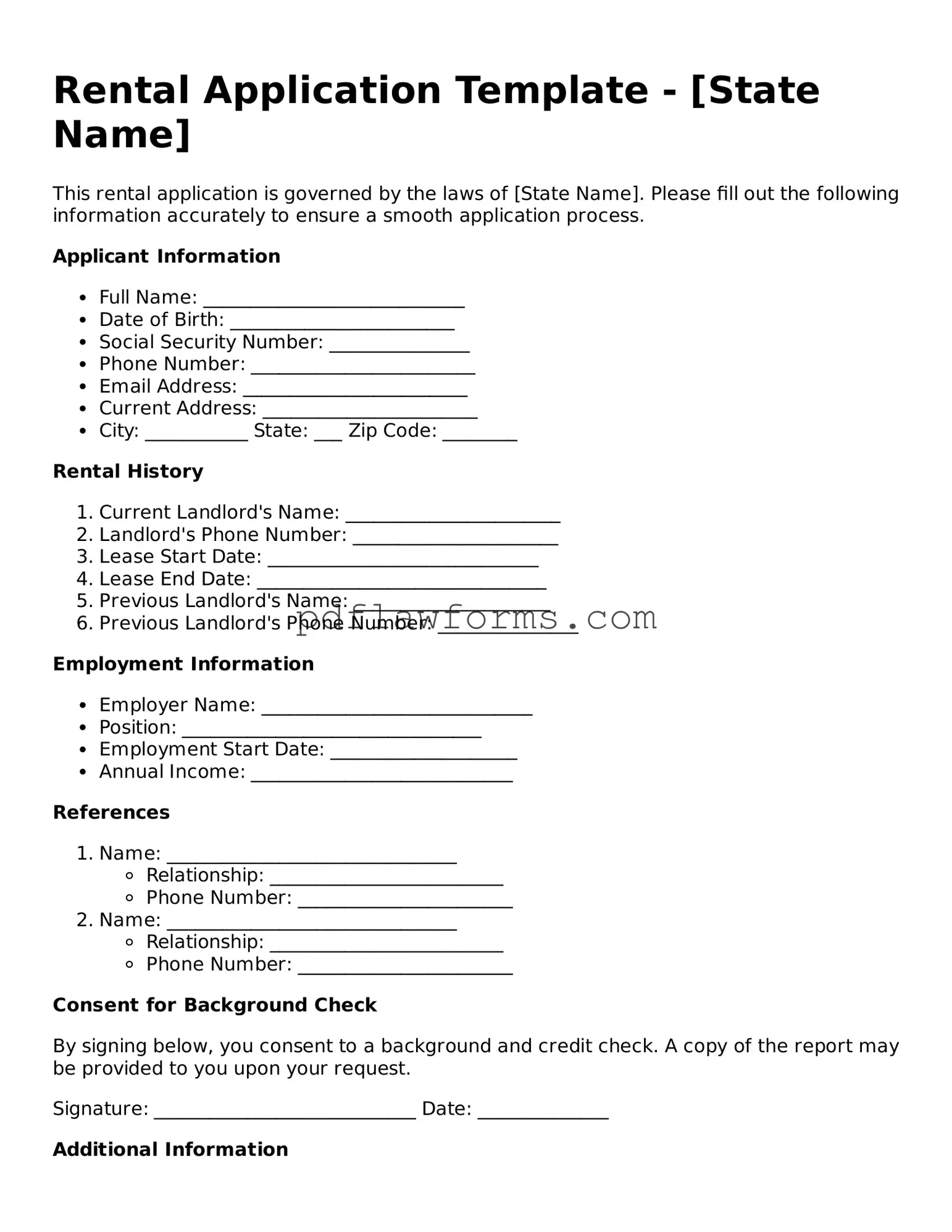Official Rental Application Form
A Rental Application form is a document that prospective tenants complete to provide essential information to landlords or property managers. This form typically includes personal details, rental history, and financial information to assess the applicant's suitability for a rental property. For those interested in securing a rental, filling out the form is a crucial first step; click the button below to get started.
Make My Document Online
